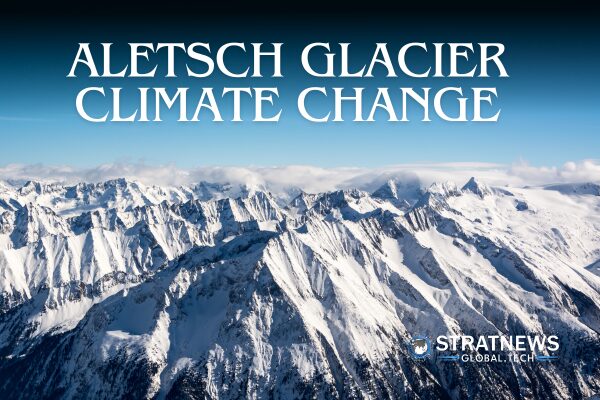Melting glaciers show alarming global trend
Glaciers are shrinking faster than ever, according to a new UN report. The past three years have seen the most rapid loss of glacier mass on record. In the Alps, this trend is clearly visible. Swiss scientists have warned that although much of the ice will disappear, part of the Alps’ largest glacier could still be saved if global warming is kept under two degrees Celsius.
Aletsch Glacier faces uncertain future
The Great Aletsch Glacier, located in the Bernese Alps, stretches 20 kilometres and weighs 10 billion tons. It draws over a million visitors each year, many of whom view the glacier from the Jungfraujoch platform, sitting 3,454 metres above sea level.
Matthias Huss, Director of Glacier Monitoring Switzerland (GLAMOS), expressed concern about the glacier’s future. He said most glaciers are likely to disappear, but due to Aletsch’s high altitude, some ice might remain if warming is kept in check.
Without action to slow climate change, the glacier’s three main arms will melt completely. A deep grey valley would replace the current icy landscape, as shown in a model by the Swiss Academy of Sciences.
Hope remains if global warming is limited
If the rise in global temperatures is limited to under two degrees, Aletsch Glacier could survive. It would, however, become much shorter and thinner. Even so, its survival would help reduce the global sea level rise significantly, the Swiss Academy stated.
Switzerland is home to more than half of all Alpine glaciers. However, it is warming at about twice the global average. Since the year 2000, glacier volume in the Alps has dropped by nearly 40 percent.
Martina Barandun, a glaciologist at the University of Fribourg, highlighted a worrying fact. She said that 10 percent of this ice loss happened in just 2022 and 2023. If such years become the norm, glacier retreat will speed up even more in the near future.
with inputs from Reuters


